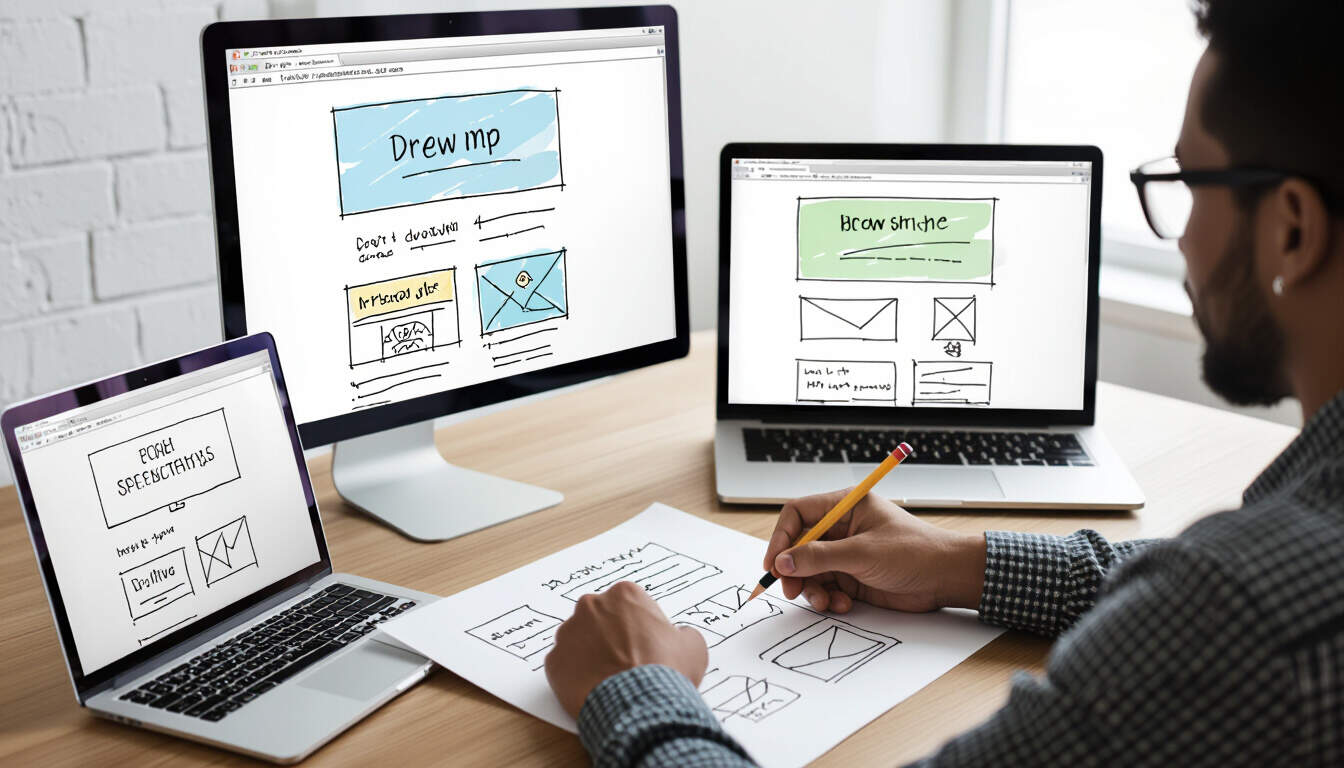Essential Web Design Best Practices for Freelance Developers
 by Marlene Keeling
by Marlene Keeling
Discover key web design best practices that can help beginners and intermediate learners build successful freelance careers. Learn about creating user-friendly sites, ensuring accessibility, and optimizing performance to attract clients and grow your skills.

Starting a career as a freelance web developer begins with solid foundations in web design. Many new developers overlook the basics, but focusing on best practices can lead to better projects and more satisfied clients. For instance, responsive design ensures websites look good on all devices, which is crucial for reaching a wider audience.
Why Best Practices Matter in Web Development
Adopting good habits early can make a big difference. Best practices help create reliable and efficient websites that users enjoy. They also build your reputation as a professional, making it easier to find work. By prioritizing these elements, you can deliver high-quality results that keep clients coming back.
One important area is user experience. This involves making sites intuitive and easy to navigate. For example, clear layouts and logical flows keep visitors engaged. When you focus on user experience, your projects become more effective at meeting client goals.
Key Elements of Effective Web Design
Let’s break down some core components. First, consider color and typography. Choosing the right colors creates visual appeal and conveys the right mood. Similarly, selecting appropriate fonts improves readability. These choices might seem simple, but they play a big role in how users perceive a site.
Another vital aspect is accessibility. This means designing for everyone, including people with disabilities. Using proper contrast and alternative text for images makes your work inclusive. By incorporating accessibility, you not only follow standards but also expand your potential client base.
Performance is equally key. Fast-loading pages keep users from leaving. Techniques like image optimization and minimizing code can achieve this. When you optimize performance, sites run smoothly, enhancing overall satisfaction.
Building a Portfolio with Best Practices
As a freelance developer, your portfolio showcases your skills. Include projects that demonstrate these practices in action. For beginners, start with simple sites that highlight responsive design and accessibility. Over time, add more complex work to show growth.
Use lists to organize your thoughts when planning designs:
- Prioritize mobile-first approaches to ensure compatibility.
- Test designs across different browsers for consistency.
- Gather feedback from users to refine your work.
Practical Tips for Implementation
Getting started involves hands-on practice. Begin by learning tools like HTML and CSS, which form the backbone of web design. Experiment with layouts to see what works best. For intermediate learners, explore JavaScript to add interactivity.
Consistency in your workflow is helpful. Create templates that incorporate best practices, saving time on future projects. This way, you can focus more on creativity and less on basics.
When working with clients, communicate clearly about your design choices. Explain how practices like user experience benefit their business. This builds trust and can lead to repeat business.
Overcoming Common Challenges
New developers often face issues like balancing aesthetics and functionality. Remember, a beautiful site that doesn’t work well won’t succeed. Aim for harmony between the two. Tools and resources are available to guide you through these steps.
Staying updated with trends is important, but don’t get overwhelmed. Focus on timeless practices that remain relevant. For example, always ensure your code is clean and well-structured for easier maintenance.
Final Thoughts on Your Development Path
By applying these best practices, you’ll be well on your way to a fulfilling freelance career. They not only improve your technical skills but also help you connect with clients who value quality work. Keep practicing, and soon you’ll see the results in your projects and opportunities.
In summary, embracing web design best practices is a smart step for aspiring freelance developers. It paves the way for professional growth and success in the field.
